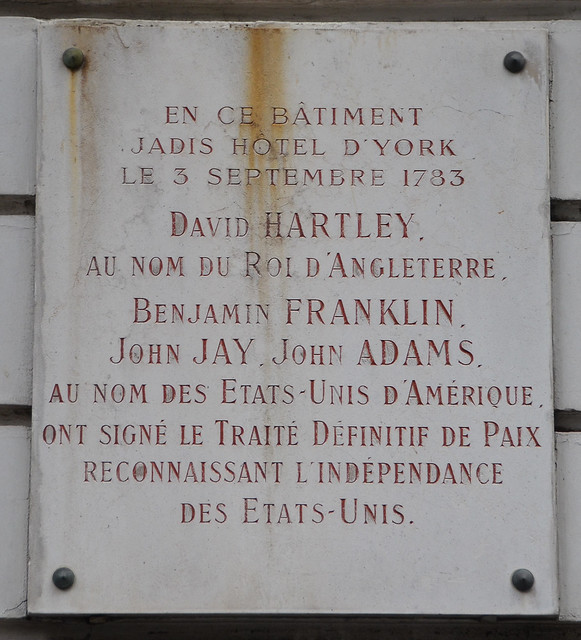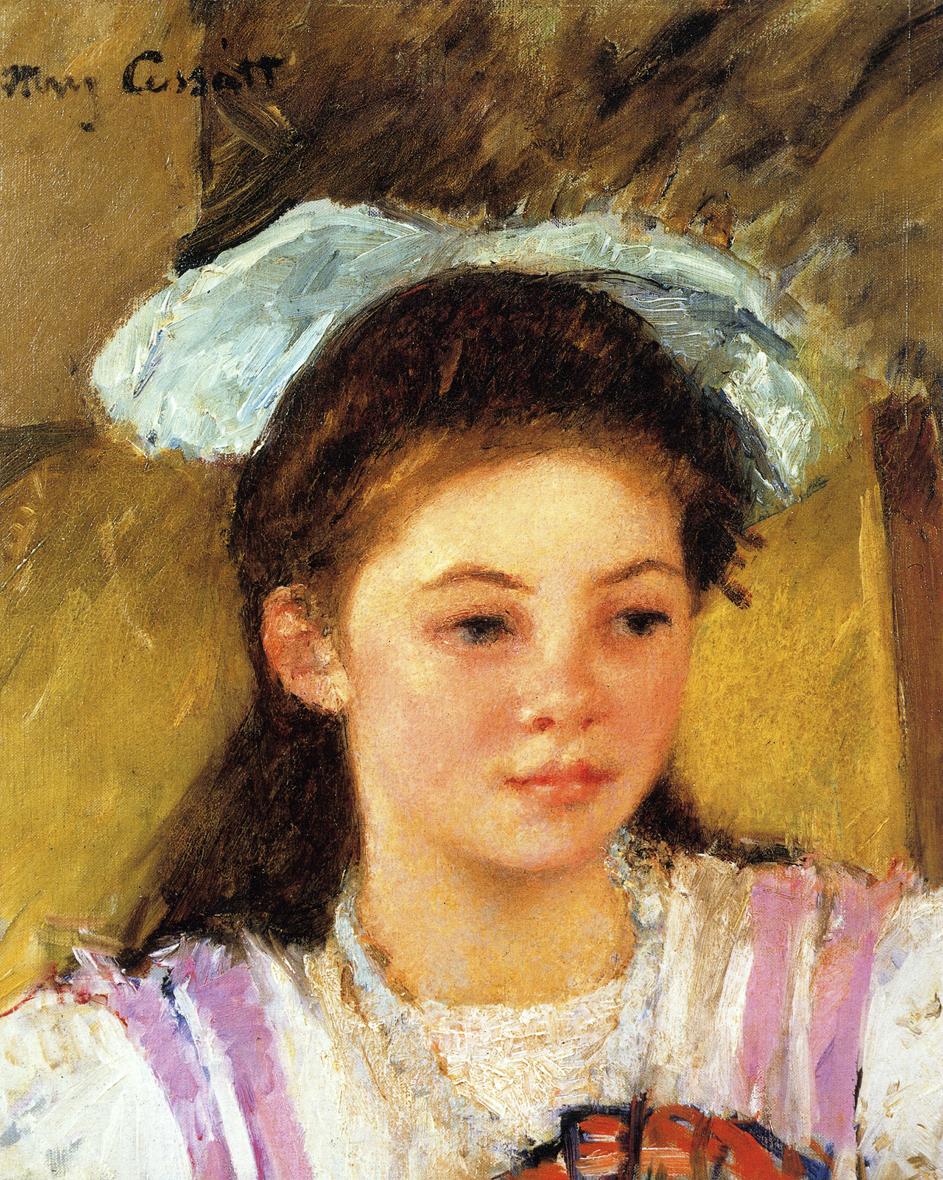A Bit of American History in Paris
 To this day our great American forefathers are celebrated by statues
and plaques in various locations around the capital. On the rue Jacob in the 6th
arrondissement, for example, one finds that the Treaty of Paris—granting
independence to the United States from England—was signed by Benjamin Franklin,
John Jay, and John Adams in 1783. Some residences of early diplomats are situated
throughout the city, including a spot on the city's main street at 92, avenue
des Champs-Élysées where Thomas Jefferson once lived. English-born Thomas
Paine, who became an American political activist and revolutionary, had living
quarters for a time near the place de l’Odéon.
To this day our great American forefathers are celebrated by statues
and plaques in various locations around the capital. On the rue Jacob in the 6th
arrondissement, for example, one finds that the Treaty of Paris—granting
independence to the United States from England—was signed by Benjamin Franklin,
John Jay, and John Adams in 1783. Some residences of early diplomats are situated
throughout the city, including a spot on the city's main street at 92, avenue
des Champs-Élysées where Thomas Jefferson once lived. English-born Thomas
Paine, who became an American political activist and revolutionary, had living
quarters for a time near the place de l’Odéon. Anyone who has seen the film Midnight in Paris will recall the significant number of American authors
who flocked to the city between the wars. Among those, Ernest Hemingway and
Gertrude Stein are remembered at their Left Bank homes on the rue du Cardinal
Lemoine and the rue de Fleurus respectively. Hemingway also merits a brass plate
inside the café Closerie des Lilas on
the boulevard du Montparnasse where he spent hours writing and drinking. (Not necessarily in that order.) Longtime
residents Edith Wharton and Richard Wright—who both lived, died, and are buried
nearby—have historical markers devoted to them as well. Fans of the Beat Poets such
as William Burroughs and Allen Ginsberg can drop by the one-time Parisian flop
house called the Beat Hotel at 9, rue Gît-le-Cœur near the Seine.
Anyone who has seen the film Midnight in Paris will recall the significant number of American authors
who flocked to the city between the wars. Among those, Ernest Hemingway and
Gertrude Stein are remembered at their Left Bank homes on the rue du Cardinal
Lemoine and the rue de Fleurus respectively. Hemingway also merits a brass plate
inside the café Closerie des Lilas on
the boulevard du Montparnasse where he spent hours writing and drinking. (Not necessarily in that order.) Longtime
residents Edith Wharton and Richard Wright—who both lived, died, and are buried
nearby—have historical markers devoted to them as well. Fans of the Beat Poets such
as William Burroughs and Allen Ginsberg can drop by the one-time Parisian flop
house called the Beat Hotel at 9, rue Gît-le-Cœur near the Seine.
No surprise perhaps in a country known for its artists, a
couple of famous American painters have been honored by the French.
Impressionist Mary Cassatt spent decades in Paris; her fifth-floor residence on
the rue de Marignan just off the Champs-Élysées has a white historical marker.
James Whistler, whose famous portrait of his stern mother hangs in the Musée
d’Orsay, is commemorated at a place he once lived on the rue du Bac in the 7th.

Although it is unclear who actually erected the small white
historical plaques, they are all prominently displayed on the front of
buildings. Obviously, someone or some groups appreciate the influence these
Americans had during their lifetimes and pay tribute to their years in Paris.
1 comments:
Embark on a harmonious journey at Jacana Life's secluded retreats, where each location is a note in the tranquil symphony of refined escapes. Immerse yourself in the melody of modern luxury and natural beauty that defines our exclusive havens. Explore thoughtfully curated spaces designed to orchestrate moments of serenity. With the dispensary, surrender to the symphony of tranquility, where every retreat is a unique composition, and each escape resonates with the harmonious beauty of serene living.
Post a Comment